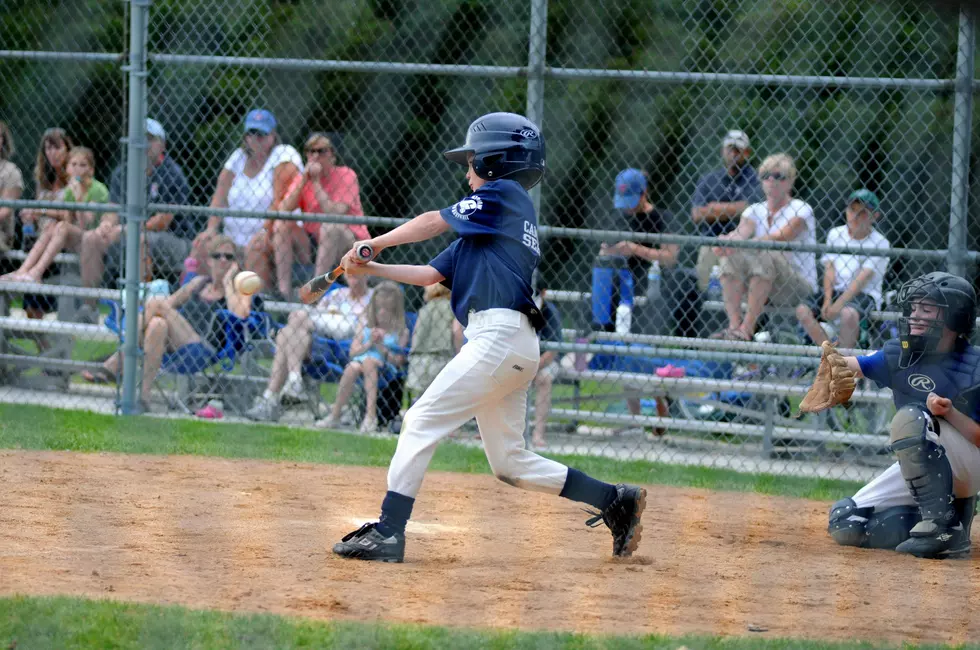
Study: Effects of Head Trauma for Youth Football Players No Different from High School or College
The findings of a Sioux Falls based study on the prevalence of head injuries in youth football is out, and the results provide some good news and some bad news.
According to a study authored by Sanford Health’s Thayne Munce, Ph.D. in the journal Medicine & Science in Sports & Exercise, head impacts in youth football occur less frequently than in high school and college football, but when they do, they carry the same force.
The study also found that those incidents may not necessarily affect short-term neurological function in children.
For the study, Munce and the Sanford Sports Science Institute team in Sioux Falls monitored 22 local youth football players 11 to 13 years of age during a single season of 27 practices and nine games. Each player wore sensors in his helmet that measured head-impact frequency, magnitude, duration and location. Players were additionally screened prior to and after the season for select clinical measures like balance, visual reading speed, reaction time and self-reported symptoms.
According to the study, 'Head impact exposure and neurologic function of youth football players':
The body of knowledge related to concussion and brain health in youth football players is limited; this is the first time associations between head impacts and neurologic function has been studied in this age group.
Because this area of research is relatively new, contributing noteworthy data on this population is incredibly valuable to further our understanding of this important health issue and positively impact the safety of the game.
More than 6,000 head impacts were recorded and found to be similar in magnitude and location to those in high school and college football but less frequent.



![The Odd Lost and Found of the Buffalo Chip in Sturgis, South Dakota [PHOTOS]](http://townsquare.media/site/486/files/2022/08/attachment-Copy-of-Copy-of-Copy-of-Standard-1600x1067-49.jpg?w=980&q=75)
